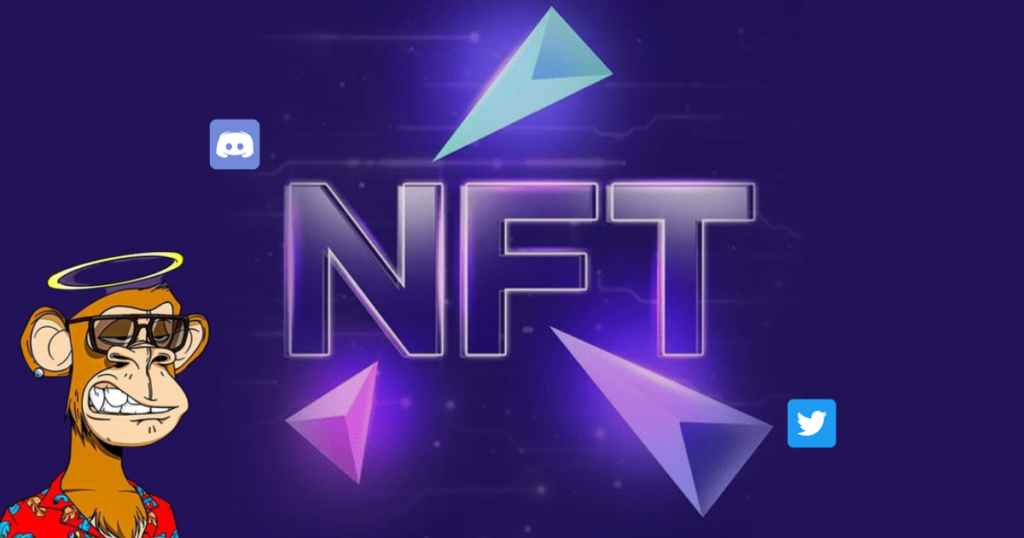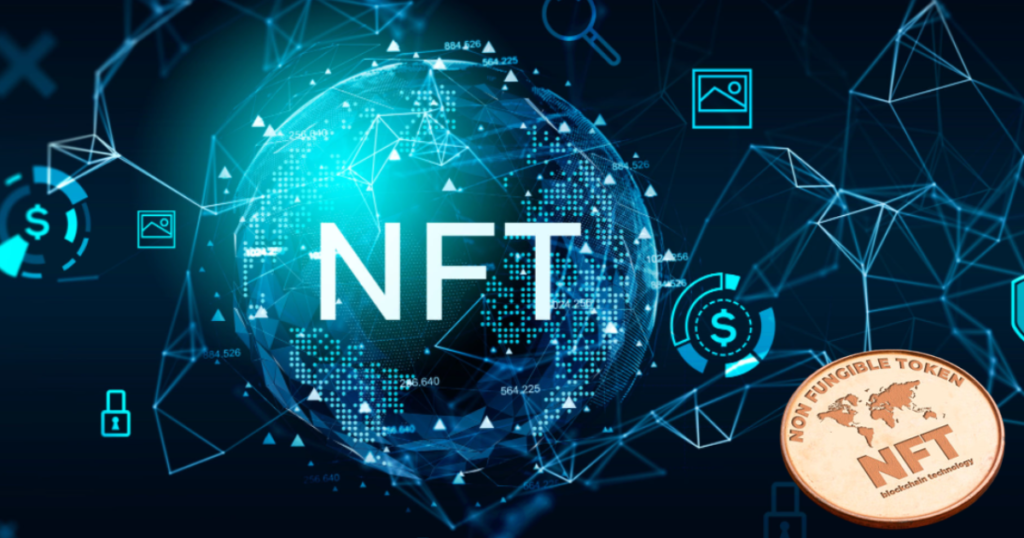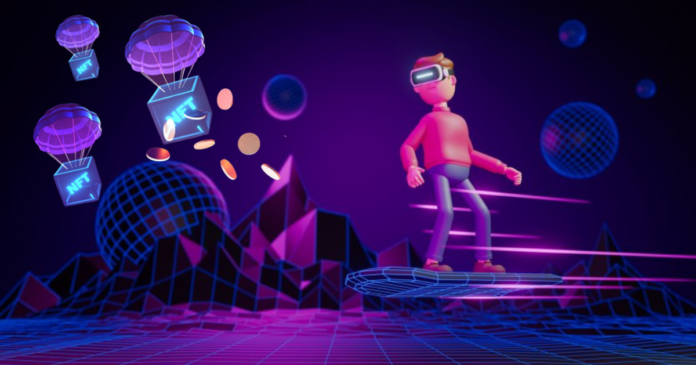What is the Future of NFTs? everyone is curious, NFT art is a word that has emerged in the design world in recent years. It’s no accident that we’ve seen quick growth in the number of artists submitting NFT design ideas. After all, it’s a great opportunity to earn additional money and feel valued in a market where people don’t really value non-exceptional artists and we all know that not everyone is Banksy.
In this article, we’ll look at the future of NFTs, how to make them and even where to find a relevant NFT marketplace to sell your creations.
What is an NFT?
NFTs or non-fungible tokens are a new type of digital asset with distinct characteristics as opposed to fungible assets such as bitcoin or ether. Non-fungible tokens which have particular features inscribed on the blockchain can be used to represent real-world assets such as a piece of art an in-game item or even a tweet, such as Twitter co-founder jack Dorsey’s first tweet which sold for slightly under 3 million dollars.
Related: What are Non-Fungible Tokens? | NFT Explained
NFTs vs Traditional Art

Future of NFTs, What distinguishes NFTs from other forms of art? NFTs vs Traditional Art Unlike traditional art, NFTs cannot be purchased with fiat currency. So how do you get an NFT? It’s simple one must have an Ethereum wallet or a wallet compatible with the native blockchain that the NFT is on. Once you have a wallet compatible with the native blockchain that the NFT is featured on you can simply load it with enough crypto to make the purchase, because NFTs are stored in the blockchain there’s no concern about the seller’s or buyer’s location, time zones, or anything else. Artists can sell their NFT artwork as well as NFT games to anyone, anywhere, anytime.
NFT Marketplaces
We cannot avoid NFT markets, they are open to decentralized marketplaces where anybody can buy and sell tokens. Future of NFTs, Of course, traders can make a lot of money through speculation but they can easily fall into one of the pitfalls of dealing with cryptocurrency which is the basis of non-fungible tokens. In my opinion, the three most popular marketplaces are as follows.
1- OpenSea
For NFT collectors open-sea has become the go-to marketplace. It’s an excellent resource for all users looking to extend their collection and obtain access to new items thanks to the variety of tokens available. Furthermore, the site helps artists and creators by giving them a venue for showcasing new tokens that is free to use for both them and their buyers. It has a reasonable 2.5 percent selling fee plus a maximum royalty of 10%.
2- Rarible
Rarible is a marketplace for one-of-a-kind digital goods. Artists can sell their work, collectors can discover rare treasures, and viewers can interact with and admire new works of art. Rarible is attempting to disrupt the blockchain business by innovating on the concept of non-fungibility, creating so much value that people will surely flee the traditional marketplaces. It charges a 2.5 percent sales fee but pays out a hefty 30% commission to creators.
3- SuperRare
A decentralized platform for artists, collectors, and content providers superrare. The community-owned marketplace promotes rare digital assets such as digital art or music files. However, unlike other platforms anybody can submit or request digital creations, giving any creative a chance at success without the need for a third party. It charges a hefty 15% commission fee and artists can earn up to 10% in royalties.
What is the Future of NFT?

So I covered what NFTs are and the most prominent digital art marketplaces. What are the forecasts for non-fungible tokens? I think there are five things to consider.
Art liberation
Both blockchain and digital NFT technology are democratizing art. Blockchain enables artists to be supported by their audiences while also having control over their careers. Digital art through NFTs is on the rise, allowing anyone and everyone to participate in what was formerly the exclusive realm of galleries and institutions. Prior to NFTs, it was almost mission impossible for ordinary artists to share their works since they were just unpopular among patrons and had a hard time getting notoriety. As a result, they would frequently feel alone and under pressure to work in a different industry to make a living but no longer.
Everyone is represented-Diversity
Future of NFTs, Everyone can benefit from art, by making art more representational of the world around us. Digitization, blockchain technology, and non-fungible currencies will open new avenues for artists and collectors alike. This revolution in representation implies that all types of artists regardless of background or experience will have an opportunity to be recognized and appreciated.
Reaching a larger audience
Future of NFTs, Art is one of humanity’s most satisfying experiences but it has traditionally been limited to those who can afford it. People from all walks of life now have an equal opportunity to own and appreciate art thanks to the advent of non-fungible tokens or NFTs. Art has long been the domain of the wealthy but with the introduction of NFTs, anybody can own artwork and participate in a project.
NFTs establish a link between the artist and the patron. Non-fungible token art is more than just making images, it’s about building a community in which everyone feels like they’re a part of something bigger. NFT art is a movement that pushes creatives to consider social impact rather than just creating distinctive or inventive creations. By considering the cultural effect of their creations NFT artists seek to inspire others to reflect on wider social concerns they may not have considered before.
Pollution
There’s a widespread worry about NFTs and their environmental impact. However, with the introduction of Ethereum 2.0, the blockchain network’s carbon footprint will be decreased by up to 99.5 percent. Many new blockchains are transitioning away from the proof-of-work consensus process and towards more environmentally friendly ones such as proof-of-stake. In the near future, we can expect to witness a solid network of artists producing long-lasting and more sustainable works of art.
Related: The Secret Behind NFTs No One knows
Conclusion
Future of NFTs, Non-fungible tokens is a developing trend in the crypto sector bringing with them a new way of doing business. Unlike traditional artwork NFTs allow consumers to become a part of a developing community molded and governed by its members. These communities assist founders and artists in reaching a larger audience while also uniting people via common values and interests. As always I hope you got value from this article and have a better understanding of what the future of NFTs might look like. What are your thoughts on NFTs leave a comment below.

